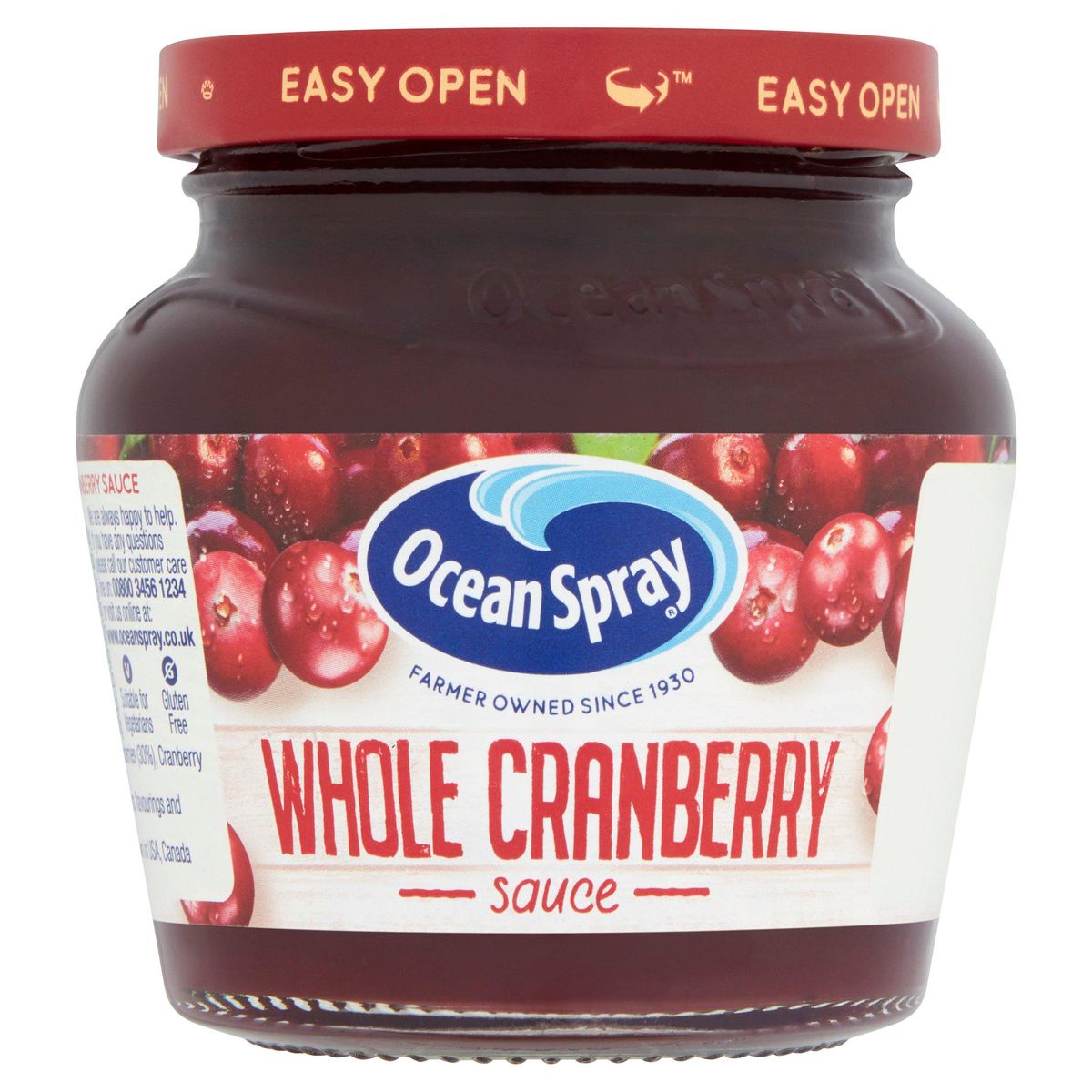What can Healthcare Learn From Cranberry Farming?

Just in time for Thanksgiving, the Wall Street Journal ran an article on the cranberry business. It’s a fascinating business story with potential implications for the healthcare industry.
It turns out that 2/3 of the global cranberry business is owned by a single corporation, Ocean Spray. Unlike most big food companies, it’s not publicly traded. Nor is it a typical private corporation, nor a nonprofit. It’s a farmer-owned co-op. More precisely, this 100-year old company is fully owned by approximately 700 cranberry farming families. The farmers grow the cranberries, and the corporation processes, packages, markets, sells, and performs R&D. All profits flow back to the families.
Sixty years ago, cranberries were a niche seasonal product mainly used to make cranberry sauce for one particular American holiday. Basing an entire year’s worth of production on a single day made for a challenging business model. So the farmer-members of the Ocean Spray encouraged the company to diversify the product. In the 1960’s they came out with the first cranberry juice blends. Which turned out to be a fantastic mixer for a wide range of cocktails and mocktails. (As a child, my favorite holiday drink was a 50:50 mix of cranberry juice and Sprite. Here’s an adult version, with the disclaimer that I haven’t actually tried it.) Later, Ocean Spray pioneered juice boxes, and in the 1990s invented a blockbuster snack food together with a new catchy name: Craisins.
So clearly, Ocean Spray is a successful, sustainable company with a long history of product innovation. And its only shareholders are those 700 farming families. Why is this relevant to healthcare?
The biggest problems in American healthcare are business-related, not technological.
In recent decades, American healthcare has undergone business model shift, but not in a healthy direction. Mainly, it’s become more and more financialized. Most physicians used to work in private practice (which isn’t all that different from co-ops), and hospitals used to be locally controlled non-profits. Both models keep the business close to the communities they serve. But today, physician groups, hospital groups and insurance companies are increasingly investor-owned, whether in the form of large publicly traded for-profit companies or private-equity-run companies. And they keep growing geographically. Pharma and medical device companies have been largely global publicly traded for-profits for the past century. The largest regional and national laboratories (in contrast to hospital-based labs) are likewise publicly traded for-profits.
What’s the optimal corporate structure for healthcare? It depends on the specific sector and what the primary needs are. If a business requires access to massive amounts of capital, either for R&D (pharma/device or tech) or global expansion (again, probably pharma/device or tech), then taking on outside investors may be a requirement. That doesn’t mean that it can’t be a mission-based company such as a B-corp, but it does mean there will be significant trade-offs between the interests of shareholders and those other stakeholders.
If the biggest success factor is the regional labor market rather than global access to capital, then an employee-owned company can make sense. Such as Ocean Spray, or this tomato processing plant that’s been a frequent subject of business school cases. I’m not personally aware of this model being used in healthcare (unless you count physician group practices), but physician-owned hospitals are maybe a small step in this direction. If, on the other hand, the key to success lies in the values of a set of customers, then a customer-owned co-op can make sense. I have fond memories of this grocery co-op in Hannover New Hampshire where my wife sold her cinnamon bread many years ago, whereas on a national scale many readers will be familiar with REI outdoor goods.
When community benefit is critical, as it always is in the case of hospitals, then a local nonprofit structure makes sense. Just make certain that the board of directors is actually representative of, and committed to, the community being served, rather than being dominated by wealthy local businesspeople and philanthropists. And finally, academic medical centers have a strong track record of running sustainable, locally-responsive hospitals and clinics. One model I’d love to see more of is academic medical centers operating (as opposed to spinning off) technology-based healthcare service businesses, such as ARUP Laboratories where I’ve spent the largest portion of my own career.
Bottom line: There are many corporate structures in the world, distinguished by different mixes of accountability to the various stakeholders (investors, employees, customers/patients, and communities). Unfortunately, the current trend seems to be moving away from models designed to prioritize the interests of patients and communities, and toward models that prioritize returns to investors.
